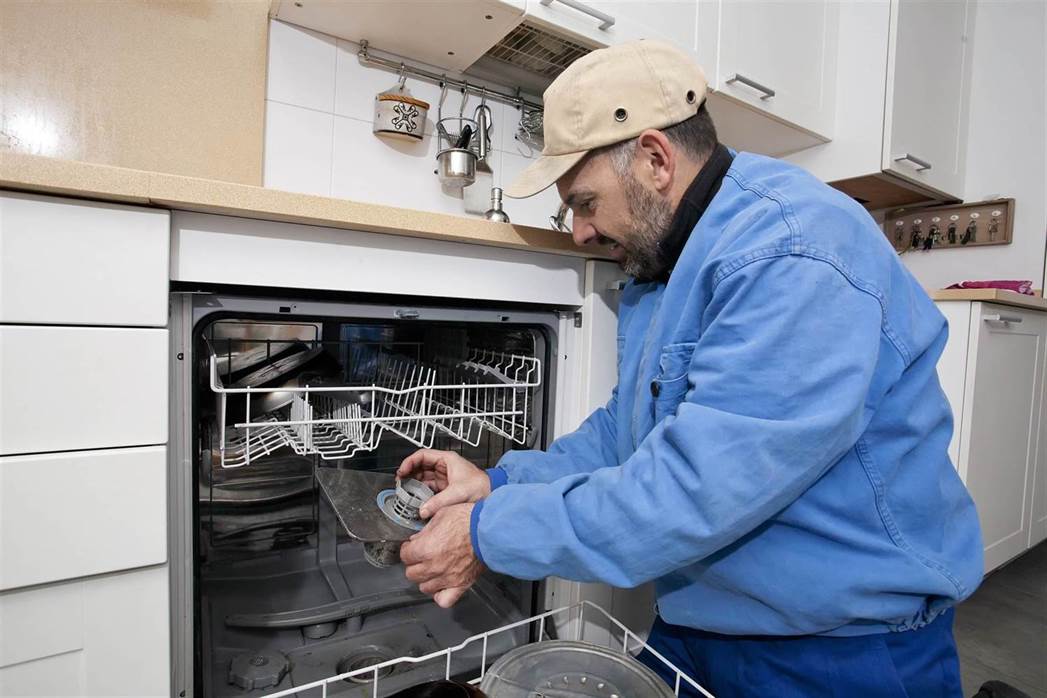For most of us, dishwashers are magical machines. They clean even the nastiest of messes: crusty casserole dishes, greasy baking sheets, and oily saucepans that we would otherwise struggle to suds, scrub, scrape and salvage. But when your dishwasher starts making weird noises, leaking, or your dishes come out just as dirty – only slightly soggier – then what? Here are a few tips to troubleshoot your dishwasher when it’s under the weather.
Are you using the right detergent? Depending on the model of dishwasher you’re using, and the water quality in your area, you may need a special kind of detergent. Check your manual for any specific instructions and consider changing or adding something to your detergent. This can ensure your dishes get clean and you don’t damage your machine.
Is your filter clogged? Food debris and foreign objects can get stuck or clog up your filter. You should be able to remove your screen to clean out the filter, but if you can’t, you can try using a wet/dry vacuum to suck out the loose debris.
Is if a faulty valve? The inlet valve controls the flow of water into the machine. When the valve is faulty, it can make a loud hammering noise that gets more and more distinct with time. If you hear this noise, your valve is likely faulty, which means that you might not get enough water, or worse, water might not stop flowing into the machine. Have the valve replaced right away.
Is your dishwasher leaking? There are many reasons your machine might leak, so this one is a little trickier. It could be a dried or cracked rubber gasket, a defective pump or pump seal, a tear in the outlet hose, or a blocked spray arm. It might also be as simple as a broken door seal. The cause might be obvious, but if not, have someone qualified inspect the machine to avoid expensive water damage down the line. It’s way less costly to replace an old or broken part than potentially causing further damage to the other machine components.
Not enough water in the dishwater? Your dishwasher float should move up and down freely to regulate water while the machine runs. If the float gets stuck in the raised positions, the dishwasher might not fill with enough water to clean properly. When the wash cycle is running, there should be enough water to reach the heating coil. Try unscrewing and cleaning your float in case it’s clogged in place.
Once you’re familiar with the parts of your machine and how they can malfunction, you can consider your options. While the above knowledge might help to solve the problem, don’t hesitate to call in a professional. Like any other major household appliance, dishwashers a pretty big deal. The wrong DIY attempt or lack of action on your part can mean costly repairs or replacements down the line. So once you’re sure you’ve troubleshooted to the best of your ability, call a local service person for outstanding appliance repair to get your dishwasher back into working order.

